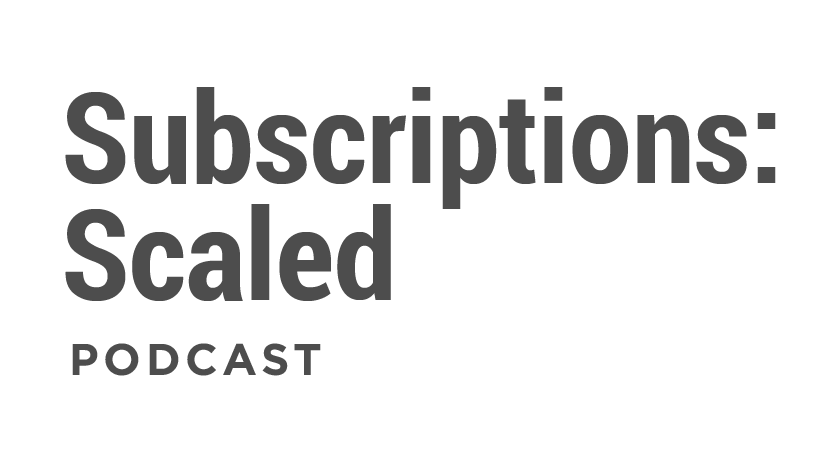Episode 16: Identifying a Primary Use Case with John Sherwin, Co-Founder of Hydrant
In this episode of the Subscriptions: Scaled podcast, Nick Fredrick, President of Rebar Technology Solutions, is joined by John Sherwin, Co-Founder of Hydrant. John explains how Hydrant identified their target consumer and primary use case. He provides insight into how Hydrant landed upon using a hybrid subscription model, and shares a list of things they consider when outsourcing technology.
What is Hydrant?
Hydrant is a wellness company that makes powdered drink mixes that target a variety of health goals. They originally centered their business around a rapid hydration drink mix, but have since expanded to add an energy product, an immunity product, and recently, a sleep product.
John shares that Hydrant first started when he stumbled upon the issue of hydration in his personal life. He started looking more into hydration and tested countless hydration products already on the market, but found that none of them offered combined taste, effectiveness, and healthy ingredients. John decided to tackle the problem himself and founded Hydrant.
Today, Hydrant focuses on three main components: efficacy, clean taste, and simple ingredients. The company’s primary use case is directed towards consumers looking for a hydration product to incorporate into their daily routine, rather than a one-off product they can use only under special circumstances. John states that Hydrant is looking to continue their expansion into other wellness products in the future, and brands the company as a ‘wellness operating system for humans’.
Identifying Primary Use Case
Before landing on the primary use case that Hydrant focuses their efforts around today, John shares that he and the team tested a number of other use cases, considering things such as how quickly customers were repeating their purchases, how long they were staying with the company, how much it cost to acquire them under each use case, and so on.
They experimented with using Hydrant for everything from hangovers to workouts, but they ultimately found that Hydrant performed the best when marketed as a regular addition to customers’ daily routines. After identifying regular, daily use as the primary use case for their product, John states that it became exceedingly obvious that subscription was the primary model they should use.
Because of the general use case, simplicity, and mass appeal of Hydrant, the company has a very broad target market with no specific niche.
What to Consider When Outsourcing Technology
Hydrant doesn’t have any in-house developers and opt primarily for outsourcing their tech needs. John draws from the significant insight and experience he’s gained from this and offers up a few pieces of advice to other entrepreneurs looking to outsource their technology.
John emphasizes that one of the biggest things to look for when outsourcing is whether there are any clear breaking points that could conflict with or hinder future growth. He points out that switching partners can be complicated and come with steep costs, so finding a tech partner that can stay on and scale alongside the company is essential.
In addition, John highlights pricing innovation, contract requirements, and data integrations as important factors to consider when outsourcing technology.
To hear more from John, tune into this episode of the Subscriptions: Scaled podcast.
—
Ready to get started with Rebar?
Head to rebartechnology.com or email info@rebartechnology.com to schedule a call today.
